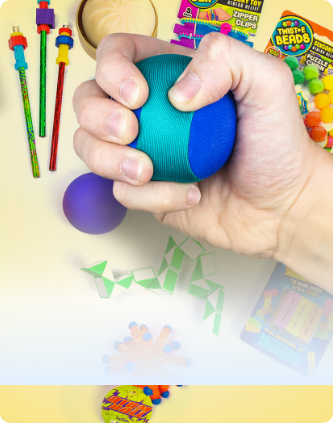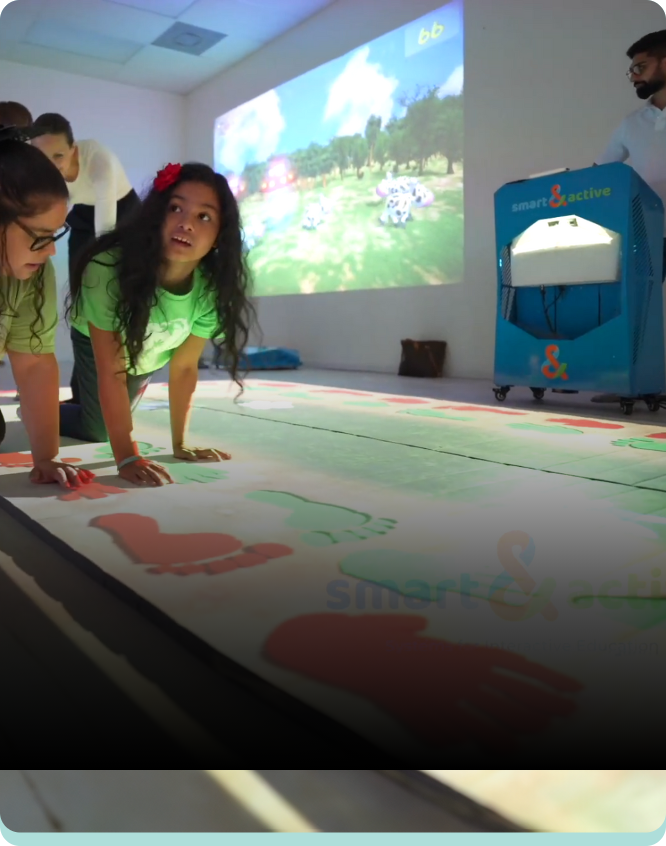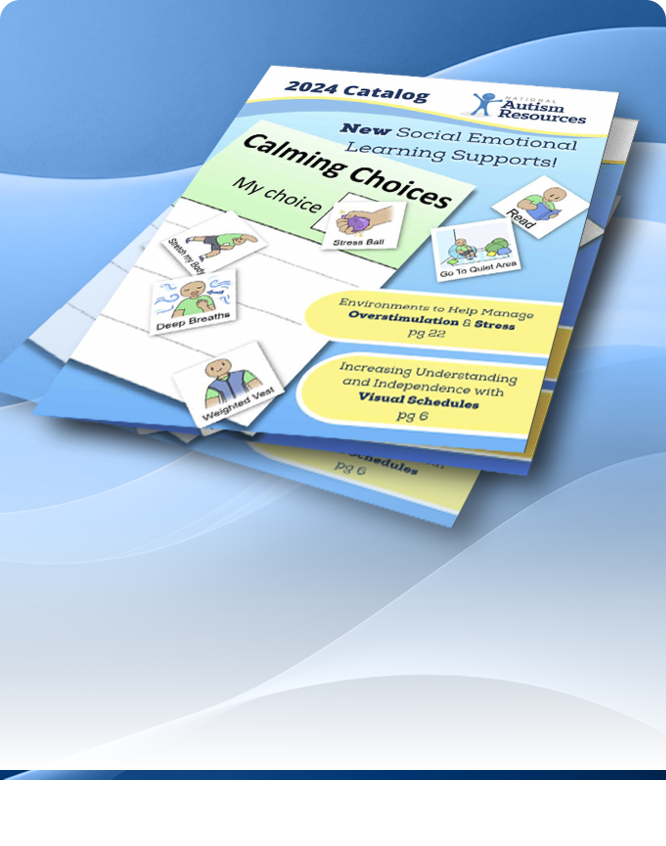Focus Strategies for Students Who Are Zoomed Out
Posted by Bonnie Arnwine on Sep 9th 2020

For students under stress or dealing with attention challenges, focusing can be particularly difficult. COVID-19 has created additional stress and forced most of us to make changes to our normal routines. On top of this, many students are now trying to learn through Zoom and virtual classrooms.
Research into the mind-body connection gives us some guidance on how we can help our students focus during these challenging times. In his recent book Spark, John Ratey, M.D., explains how movement and exercise can help students with depression as well as attention challenges. For example, fidgeting your hands can increase levels of dopamine and norepinephrine in your brain. Both chemicals are essential for supporting focus and attention.
Sydney Zentall, Ph.D., of Purdue University, in ADHD and Education, found that attention lowers with the length, familiarity, and repetitiveness of a task. (Is anyone else suffering from Zoom fatigue?) According to Zentall, adding an activity like chewing gum or listening to music while reading a social studies textbook can enhance performance in children with ADHD. Doing two things at once, she found, focuses the brain on the primary task. The key here is that a fidgeting activity must be mindless, something you do without thinking about, and intentional.
So what does intentional fidgeting look like? Good fidgets help students self-regulate, and they are non-distracting. In other words, it will help students focus on a task without disturbing others. So while fidget spinners are great for calming, distracting, or keeping a student occupied during an undesired activity, we wouldn't recommend them to help with classroom focusing. Think of squeezing a stress ball while listening in class or doodling in the margins of a worksheet. These types of sensory-motor activities help us to increase our attention.
You can experiment with a variety of strategies and encourage students to try different fidgets. Remember that one strategy may not work for everyone. Here are a few strategies to try:
- Listening to music while reading.
- Squeezing a stress ball.
- Standing while working on a worksheet (use a clipboard).
- Using a kickband on a chair.
- Walking while having a conversation.
- Chewing gum.
- Allowing doodling on a notepad during a lecture.
- Using a wiggle cushion that allows for micro-movement.







